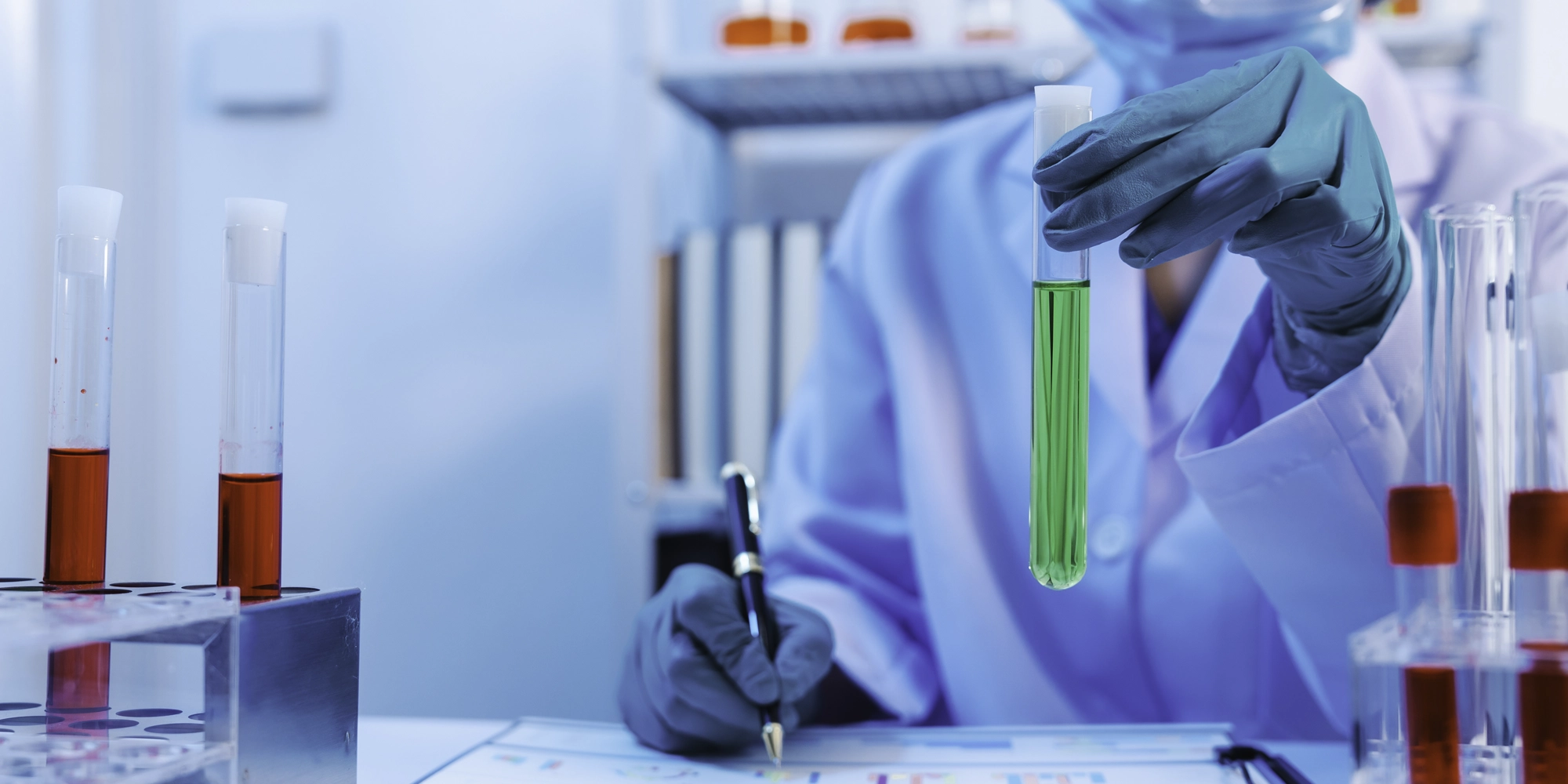Much of the drug development process focuses on characterizing the activity and safety profile of the drug substance (i.e., the active pharmaceutical ingredient [API] or “parent” drug). However, it is also critical to consider the contributions of metabolites to the safety and effectiveness of the drug product. In this post, we discuss how metabolites are formed, identified, and analyzed, as well as considerations for drug development.
Why Metabolites Matter
Most drugs are subjected to some level of biotransformation after administration. The human body relies on this process to make the elimination of substances that are foreign to the body easier. Metabolites, however, are not always pharmacologically inert. There are many instances where one or more metabolites do exert some level of pharmacological activity. For example, in the case of prodrugs, essentially all of the activity is driven by metabolites. It is also not uncommon for metabolites to present safety concerns above and beyond those of the drug substance. Because of these factors, a drug’s metabolism should be explored early in the development process so that all necessary studies (especially safety-related) can be planned appropriately and efficiently.
Metabolic Pathways
Most drug metabolites are produced in the liver or the intestines. Metabolites’ biotransformation reactions are classified as either Phase I or Phase II. Phase I reactions, such as oxidation, hydrolysis, and reduction, are typically performed by enzymes of the cytochrome P450 family (i.e., CYPs). These enzymes have been extensively studied and are included in pharmacogenetic screening panels because certain allelic variants can dramatically alter a drug’s clinical efficacy. Phase II reactions, such as glucuronidation, sulfation, acetylation, and methylation are performed by a variety of enzymes to produce metabolites that are typically more polar with larger molecular weights and usually less biological activity.
Metabolite Identification
Identification of drug metabolites is typically conducted using a radiolabeled version of the parent drug. Following administration, repetitive samples of urine, feces, and blood are taken until radioactivity is no longer detected. Various measurements such as the percentage of the dose found in urine and feces can be calculated from these data. Radiometric, chromatographic, and spectroscopic methods are then used to determine the molecular identity of the radioactive compounds present in the biological samples, permitting the derivation of more specific information for each metabolite.
Pharmacokinetic Analysis
Once metabolites have been identified, a Noncompartmental Pharmacokinetic Analysis (NCA) is typically performed for each. This type of analysis produces estimates for Cmax, Tmax, various AUC values, and half-life. Biotransformation of the parent drug is driven by enzymes. Because of this, metabolite half-life estimates often reflect formation of the metabolite after administration of the parent drug rather than the metabolite’s elimination (i.e., formation rate-limited elimination). If the metabolite half-life is longer than the half-life of the parent drug, it is important to ensure that the sampling duration allows for full characterization of the metabolite’s kinetics.
Metabolite to Parent Ratio in Safety Testing
In addition to the PK estimates mentioned above, a metabolite to parent (M/P) ratio can be calculated for each metabolite. To calculate, divide the metabolite’s AUC by the parent drug’s AUC. This ratio can be helpful in explaining the mechanisms of drug-drug interactions and can be useful for comparing the exposure to different metabolites. The M/P ratio is also critical for complying with the FDA’s guidance on metabolites in safety testing (MIST). This guidance advises that nonclinical toxicological and pharmacokinetic studies be performed for any metabolite with exposure greater than ten percent of the total drug at steady-state in humans. The M/P ratio provides a straightforward metric for determining relative exposure, but its reliability is dependent on collecting data at steady state or for a sufficient duration to capture AUC0-∞.
Conclusions
Most drugs undergo some level of metabolism in the body. Understanding the activity and safety implications of key metabolites can be critical to the overall evaluation of the drug product. Because metabolites can confer pharmacological activity and possible toxicity beyond that of the parent drug, metabolism should be investigated early in a development program. Allucent’s experts are industry veterans with a wealth of expertise and experience in pharmacokinetics, clinical pharmacology, and overall drug development strategy. Contact us today to learn how the Allucent team can help you achieve your program goals.
